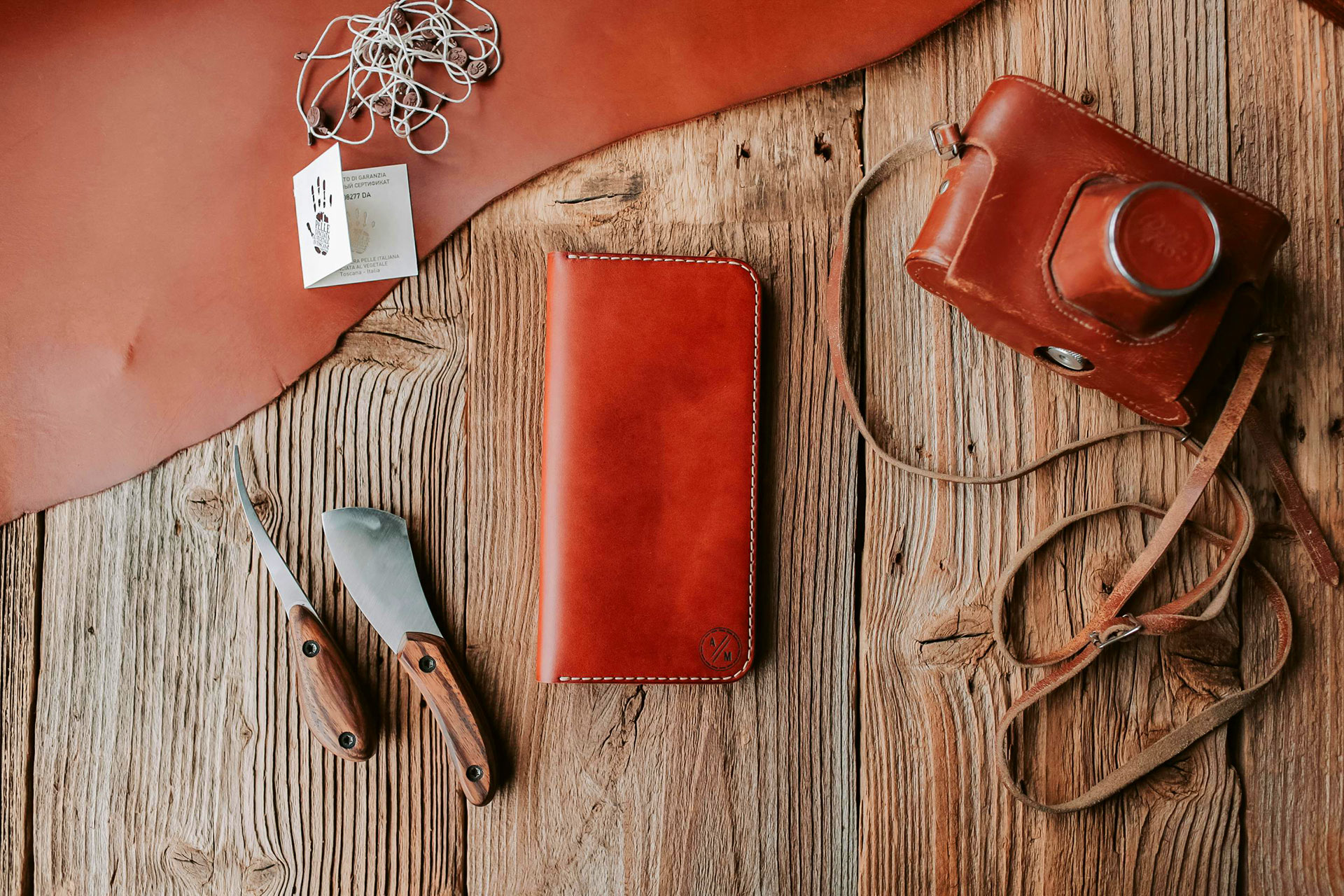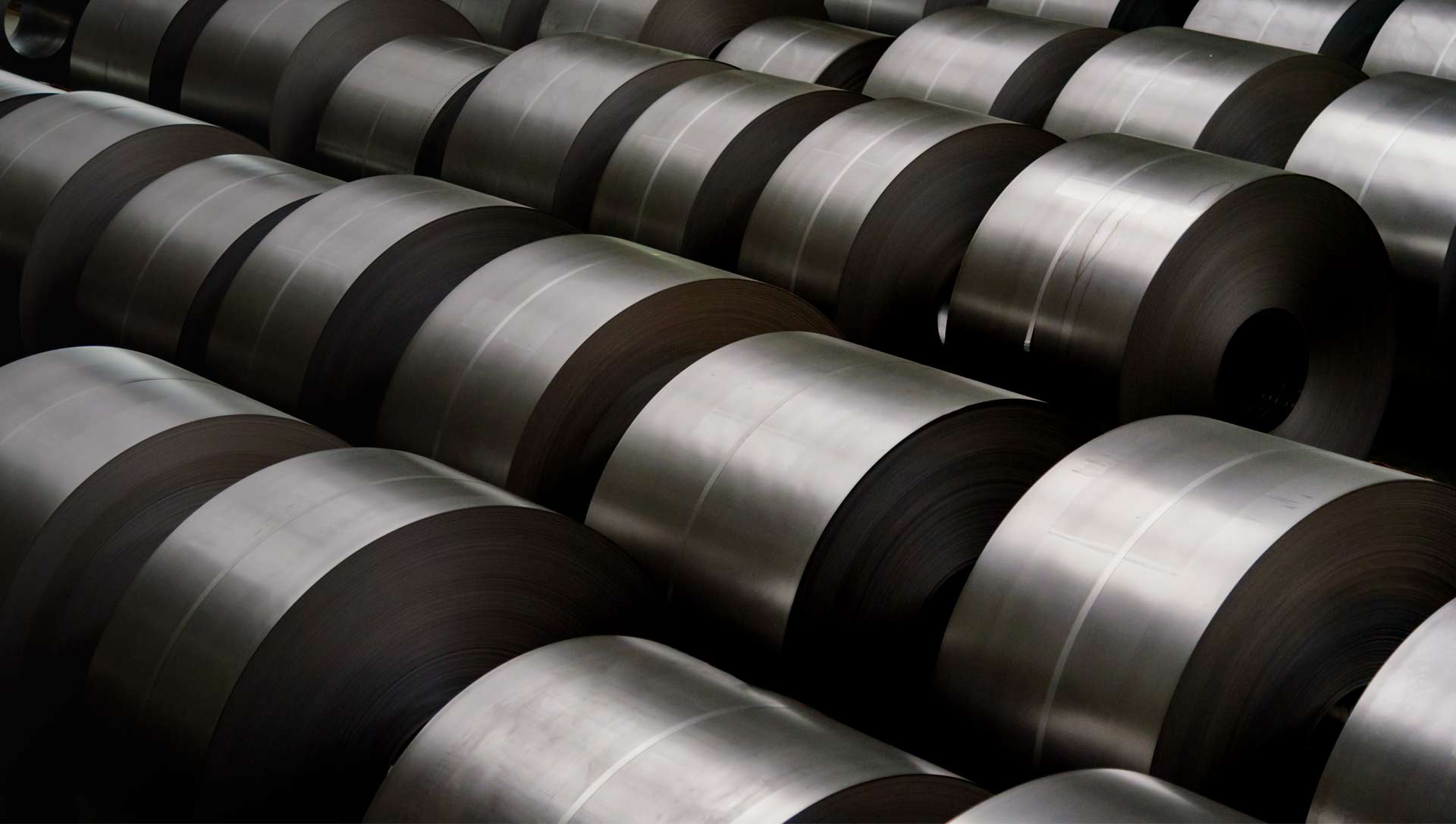
What If Your Tools Lasted Longer Than the Projects They Built?
We live in a world of throwaways, fast fashion, short-term fixes, tools that look good in the package but crumble under pressure. It’s frustrating. Especially when your hands are trained, your work is skilled, and your expectations are high.
But imagine this: a cutting blade that still holds its edge after a hundred belts. A grommet setter that feels as solid on the thousandth strike as it did on the first. A mallet that outlasts the bench you built with it.
This isn’t fantasy. It’s how it used to be. And how it still can be.
Your Project Ends, But Your Tools Don’t Have To
A well-made tool isn’t a one-project wonder. It’s a lifer. It carries the memory of every piece you’ve crafted, every stitch, every curve, every moment of frustration turned into satisfaction.
When your gear is made from real steel, shaped with purpose, and finished with care, something happens: it keeps going. Long after the last edge is burnished. Long after the customer’s picked up the final product.
And if you’re lucky, long enough to pass on.
Why Durability Isn’t Just About Strength
Yes, toughness matters. A tool should resist wear, take pressure, and survive years of daily use. But true longevity isn’t just about raw strength, it’s about design.
A tool that lasts is:
- Made with the right materials (no plastic, no shortcuts)
- Balanced for repeated use, without fatigue
- Easy to maintain, sharpen, clean, and store
- Built with parts that don’t wiggle, warp, or rust out in six months
Durability lives in the small things. In the tight fit of the joint. In the crisp edge of the blade. In the way the handle feels after a hundred hours of work.
Let the Work Leave, Let the Tools Stay
Projects come and go. Custom orders ship. Belts are worn in. Chairs get reupholstered. Journals find owners. But your tools? They stay.
They’re waiting on the bench. Ready for the next piece. Familiar. Reliable. Worn in, but never worn out.
And there’s a quiet beauty in that:
- A blade that’s carved a thousand curves
- A setter that’s outlived five projects and still punches clean
- A compass or awl that feels more like memory than metal
This is what lasting craftsmanship looks like, on both ends of the bench.
Conclusion
In your line of work, you aim to create pieces that last, so shouldn’t your tools do the same? Forget disposable. Forget “good enough.”
Reach for tools that stick around. That tell stories. That build, not just with you, but for you, again and again.
Because when the project ends, the tool remains. Strong. Steady. Ready.





